Seventeen years old that hurts, why does your youth always hurt?
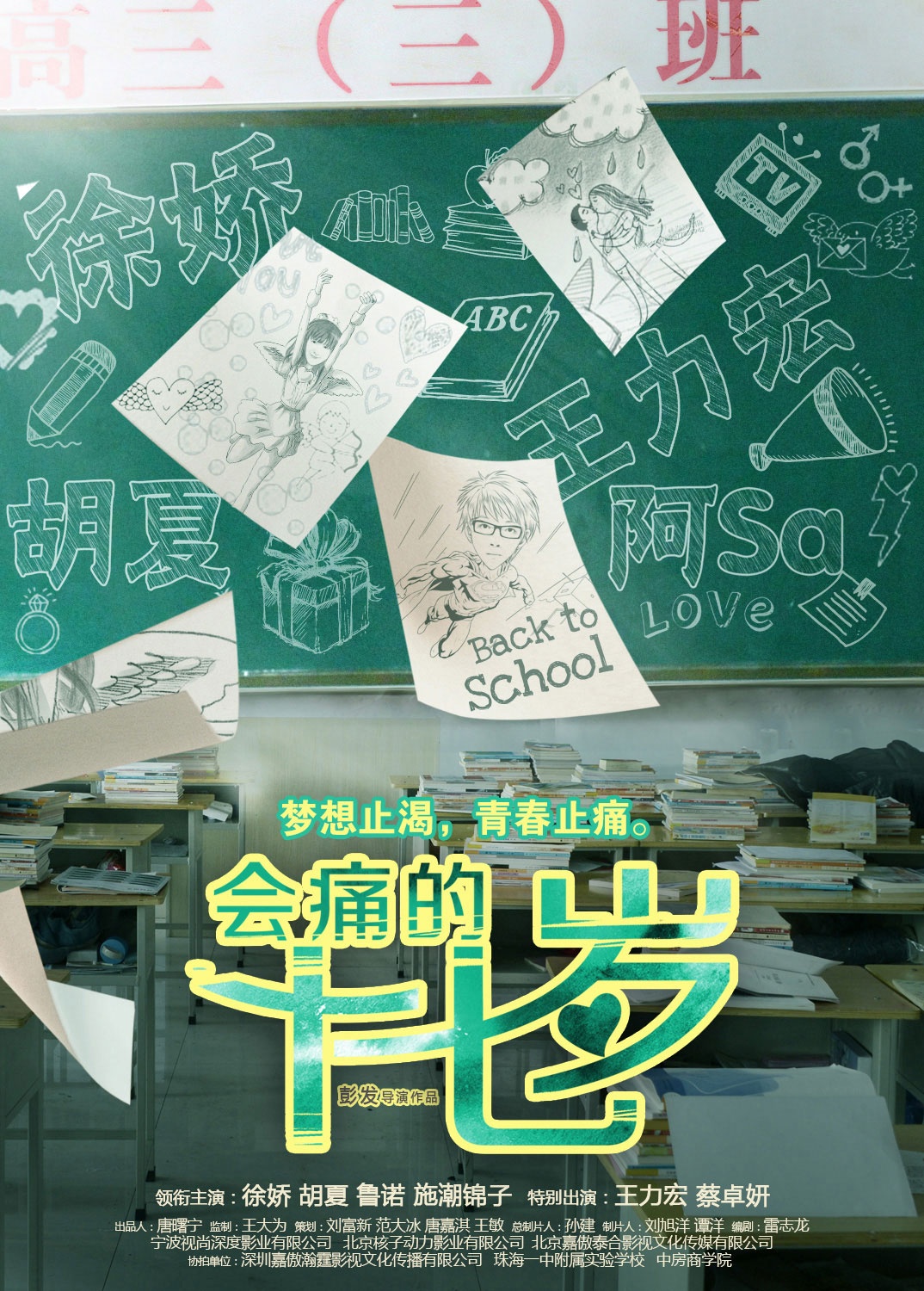
poster;playbill
Special feature of 1905 film network Recently, the film "Seventeen Years Old with Pain" was released. The film tells that a troubled girl who suffered from "anodynia" broke up with a gangster "boyfriend" with the help of her classmates and a new young female teacher, fell in love with the schoolmaster, escaped from her rebellious life in the past and successfully fought back. After experiencing the death of grandma, campus fire and other changes, it grew rapidly … …
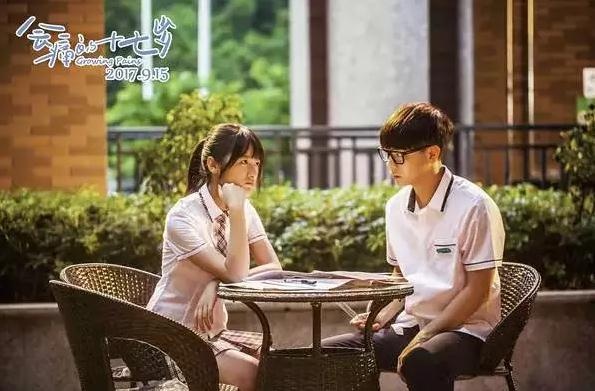
Xueba crams lessons for the hostess
Do you feel deja vu? Is it very much like a movie in the past?
Let’s take a look at the plot: a girl who is deaf in half of her ear, Li Er, wants to learn bad, and meets the unruly bad girl Li Bala. Li Er likes Xu Yi, Li Bala likes Zhang Yang, and Li Bala pursues Xu Yi at Zhang Yang’s request. Later, Li Bala died suddenly and unfortunately, Xu Yi gradually degenerated, and Li Er and Zhang Yang came together and grew rapidly … …

Lear has a crush on Xu Yi.
If you say that "Left Ear" and "Seventeen Years of Pain" are both written by Rao Xueman, the similarity is normal. Then, let’s take a look at the plot of "Looking at Heaven with Trees in Summer":
Xia Mu, a teenager, suffered from autism until Shu Yawang, a 16-year-old boy with a boyfriend, appeared to help Xia Mu get out of the haze. During her college years, Yawang was sexually assaulted by Qu Weiran, a rich second generation who fell in love with her, and Xia Mu grew up rapidly after making crazy acts in despair … …
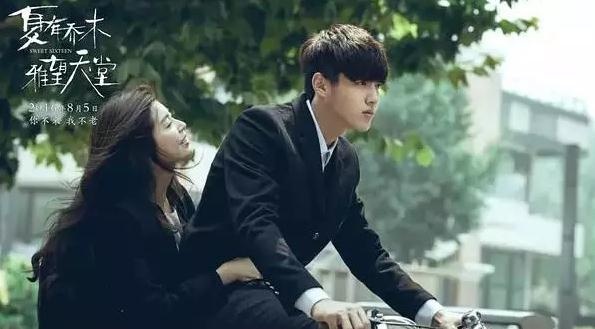
Xia Mu rode with Shu Yawang.
The key words of the above story: illness, bad study, love triangle, crime, love in any arrangement and combination. They all have the same formula, the same taste and the same "pain" youth.

"Pain is" youth
This kind of "painful" youth film must first have a protagonist suffering from an innocuous disease, and then there will be plot conflicts due to a love triangle. Finally, due to the crime and death of some characters in the play, the life and thoughts of the protagonist will have an irreversible "arc";
They all aim at the same handsome and beautiful young actors with the same warm and soft light filters, but all of them are stiff in performance, awkward in lines, bloody in plot and rough in details. Even "Seventeen Years Old Who Will Hurt" has not been released yet, and the title of the film has been greatly vomited by netizens: "You will hurt! I have medicine! "

"seventeen years old that will hurt" caused netizens to vomit collectively.
This kind of collective ridicule is only because the "youth" they describe is a false story that is exactly the same, pale and weak, and only exists in imagination. It has nothing to do with the youth that each of us really experiences.
How did the "Pain Department" youth film come from? All this should start with the youth literature that became popular more than ten years ago.

The cover of budding magazine
At that time, the mobile phone was a non-intelligent machine that could only make phone calls and send text messages, and newspapers and magazines still occupied an important position in the media. In order to get short-term entertainment outside textbooks, campus life could only read books and magazines, so youth literature and art occupied the lives of young people.

Dumbphone
Most of the audiences of these youth novels are teenagers in their teens, who are not only ignorant of the social reality, but also ignorant of the life they are experiencing, and shallow cultural products are more likely to be accepted by them.
Youth literature similar to Mary Su’s online novels became popular at first. Later, Jing M.Guo’s and Rao Xueman’s youth literature soon surpassed Mary Su’s because of "exposing scars", "excavating the dark side of growth" and appearing "profound". When "painful youth" is gradually typed, it quickly becomes a commodity for teenagers to consume.
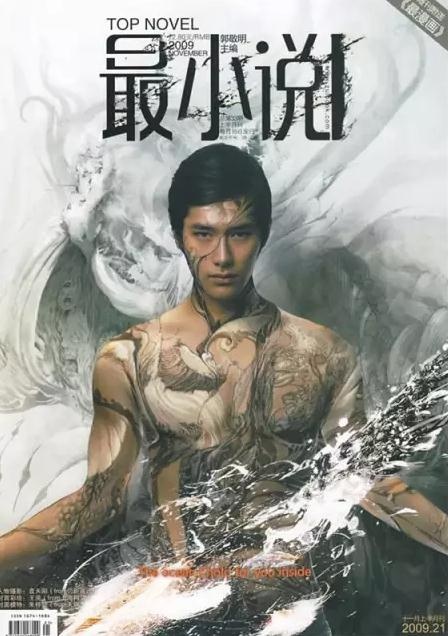
The cover of the most novel
The covers of these youth pain literature are all boys and girls, who "look up at the sky at a 45-degree angle, or look down at the earth with their eyebrows lowered". The sentences written on the inside page are sad and melodramatic, and they can be QQ signatures of crystal girls in minutes. The content of the story is out of line for the sake of being out of line, and it hurts for the sake of pain. In a word: work.

Look up at the sky at a 45-degree angle
"Painful youth" literature and art often adopt extreme cases in campus life in order to make their works get more amazing and more "shocking" reading experience, but the real student life is cut into pieces and simplified to the maximum in the works, and the main aspects of life become elements, while the false youth imagination becomes the main body.
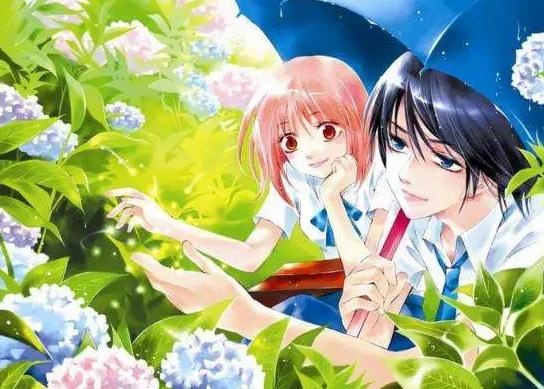
Mr. Lu Xun once said that he didn’t like popular literature and art in the Republic of China, because most of the themes of those works were "beautiful and precious". Getting a few beauties and digging up any treasures are actually satisfying "psychosexuality".

Mr Lu Xun
If "getting beauty and treasure" is an adult’s fantasy, then "painful youth" is a teenager’s fantasy. It successfully captures the young people’s dissatisfaction and agitation with the boring life in reality, leaving exaggerated youth stories to the young people to "fantasize", making empty and pale characters become youth myths in the eyes of boys and girls and heroic dreams against plain life.

When did the "Pain Department" youth film begin? This should start with the release of the film directed by Zhao Weishou. In 2013, "To Youth" won a high box office of 700 million yuan at a low cost. This powerful commercial success is like a shot in the arm to stimulate the film and television industry, and the subsequent "To Youth" series came one after another and became a trend.
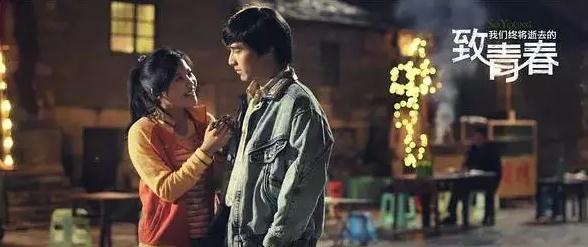
Box office winner "To Youth"
Although "To Youth" is full of details (for example, the "civil youth" in the film seems to live the life of a literary youth), it still maintains a certain level of plot, while the subsequent youth series generally carries forward the shortcomings of "To Youth" and has undergone major changes in creative mentality. IP and traffic stars have become the king of the market, the plot has become more absurd, and the audience has become younger and younger.

Fan movie
The environment presented by the work is more and more divorced from reality, and the setting of roles and the relationship between roles are more distorted. In order to increase the capacity of the story in a shorter time, making a movie even allows the protagonist to experience life and death in just a few days. Finally, in order to be able to mass-produce, the plot is the same. After mastering a set of winning routines for youth films, the film industry began mass production of "Pain Department" youth films.
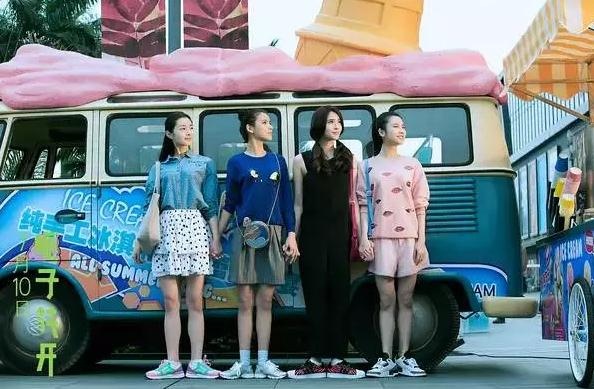
At the beginning, three roommates of the hostess were arranged to die in a car accident
Some people may ask, are all the youth films in China like this?
The answer is no, of course. Perhaps this summer’s youth film is an anomaly in recent years. It embeds the elements of American youth film such as "club", "party", "atrix" and "inspirational" into China’s youth story, weakening the love of boys and girls to be ambiguous and ignorant, and the end result of the story is the pursuit of ideals and the realization of individual values.

"Flash Girl" composed by youth and blood
These outstanding parts may bring some inspiration to the commercial road of Chinese youth films at present.
In fact, there have been many successful youth films in China, such as Jiang Wen, Wang Xiaoshuai, etc. Among them, Sunny Days is also loved by American genius quentin tarantino.
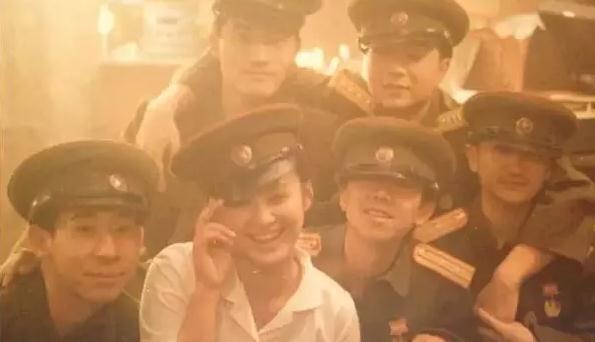
Jiang Wen’s work Sunny Days
These excellent youth films are rooted in the background of the great era, describing the restlessness of a generation of youth, even seeing the big from the small and facing social problems directly. The rapid social changes in China over the past 100 years have made it difficult for Chinese people to have a vacuum youth that can shed social reality. Generation after generation has been involved in the torrent of the times. Even the love in adolescence has the background of the changes of the times.

Wang Xiaoshuai’s works
We criticize "painful youth", but it is paradoxical that those youth films that can be engraved in the film history are often really sad and cruel, such as Sunny Days mentioned above and Japanese director Nagisa ?shima’s youth films in the 1960s. As the Italian writer mauriac said, "Do you think youth is a good thing? Youth is like a swamp in thawing. "
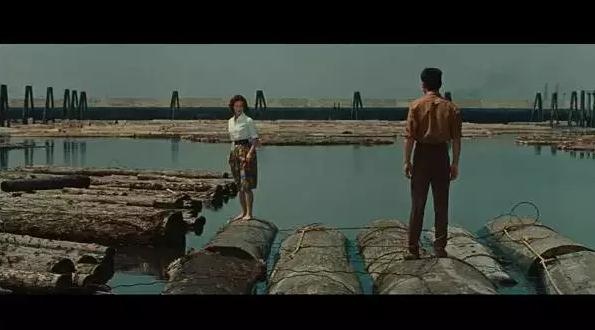
In 1960, the Japanese film "The Story of Youth Cruelty"
Everyone has a different life experience and may have a different understanding of youth. For the post-80s and 90s generation, they are at the peak of birth since the founding of the People’s Republic of China, and they have experienced the cruel competition and helplessness of adult society at a carefree age.

Around the college entrance examination
They were separated from their parents by the rapid development of the times, and the two generations experienced conflict, running-in and understanding; Many of them are only children, who grew up under the love and protection of their parents, and entered the society before they were young … … Facing the unbearable weight of collision reality with the unbearable lightness of youth is the collective memory of this generation and the "pain" of youth after 80′ s and 90′ s.
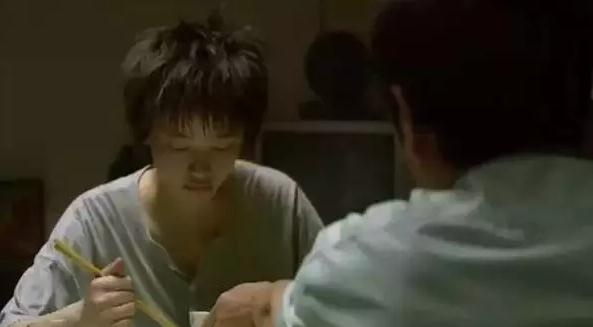
An indifferent father and daughter 2.
Unfortunately, the whole theater, the stage staged absurd stories, the audience broke out with disdain laughter, and the stirring youth of a generation eventually became a commodity for people to entertain, so that the song of youth, which should be romantic and wild, was abandoned in the national entertainment.